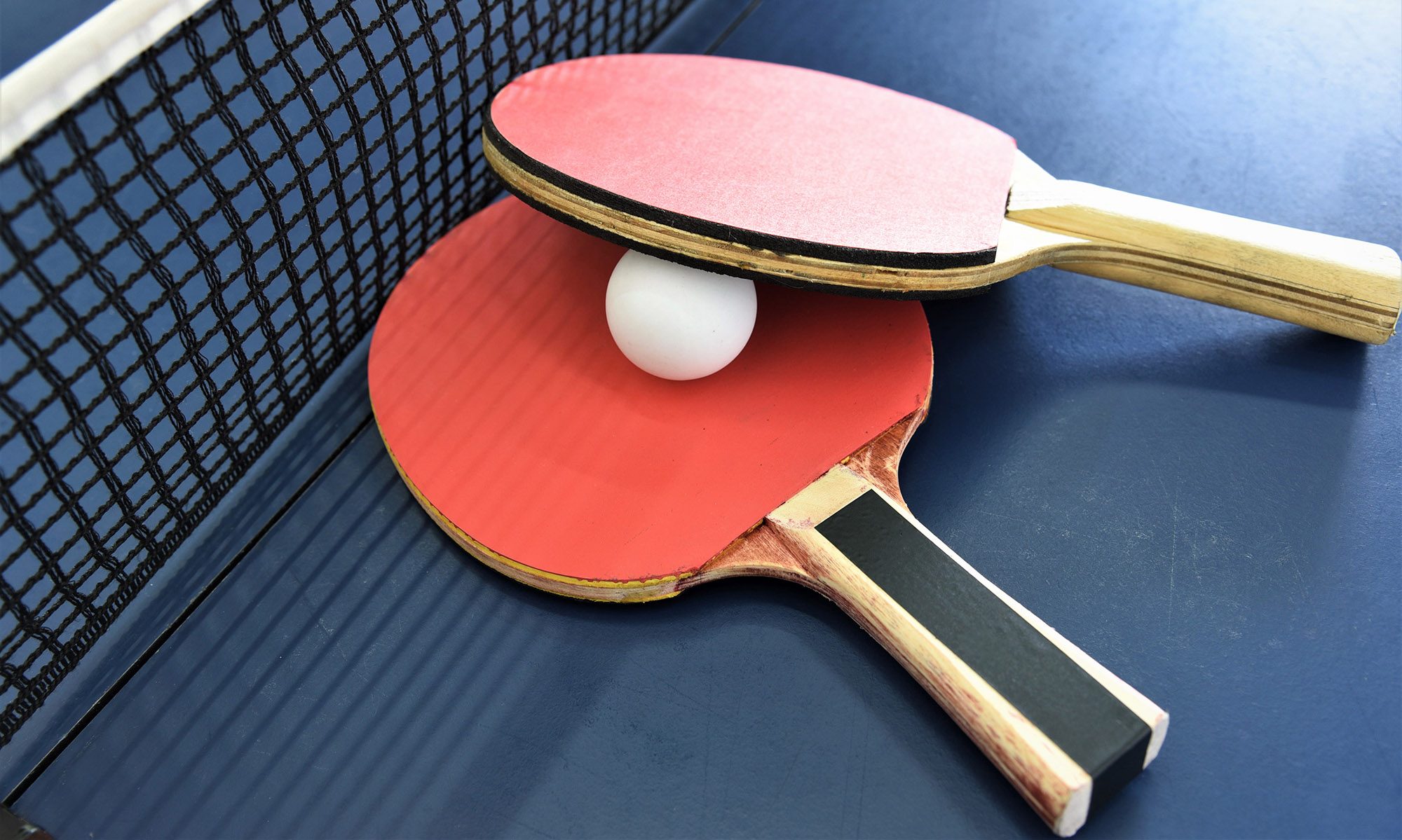This week I was in charge of doing research on/ordering components for our VR headset, bluetooth communications, and game engine. For the VR headset, I honed in on the Google Cardboard and took a while to see how it worked along with what game engines were compatible with the most recent SDK. I took about 5-6 hours researching game engines, more specifically Unity and Unreal. What I mostly focused on were the plugins that were useful to us, especially the Bluetooth plugins that would allow a paddle to communicate with a headset. The Arduino Bluetooth Plugin for Unity was the most promising plugin I found, but the latency reported from the reviews was too large, which is why I am currently looking at a faster communication channel, Wifi-Direct. I ended up settling on choosing the Unity game engine because the graphic design is really intuitive and it is compatible with the most recent version of the Google Cardboard SDK while the Unreal game engine is not.
Looking forward, I am on schedule right now but I may fall behind next week because I need to figure out how to send data from paddle to headset and from paddle to server. The problem is that I may need to end up programming the binding and connections myself instead of using a plugin to reduce latency. Also, I will also need to spend more time working on some higher-level design planning that will take time away from my work. But the goal is the create a communication network from paddle to headset and from player to player.
